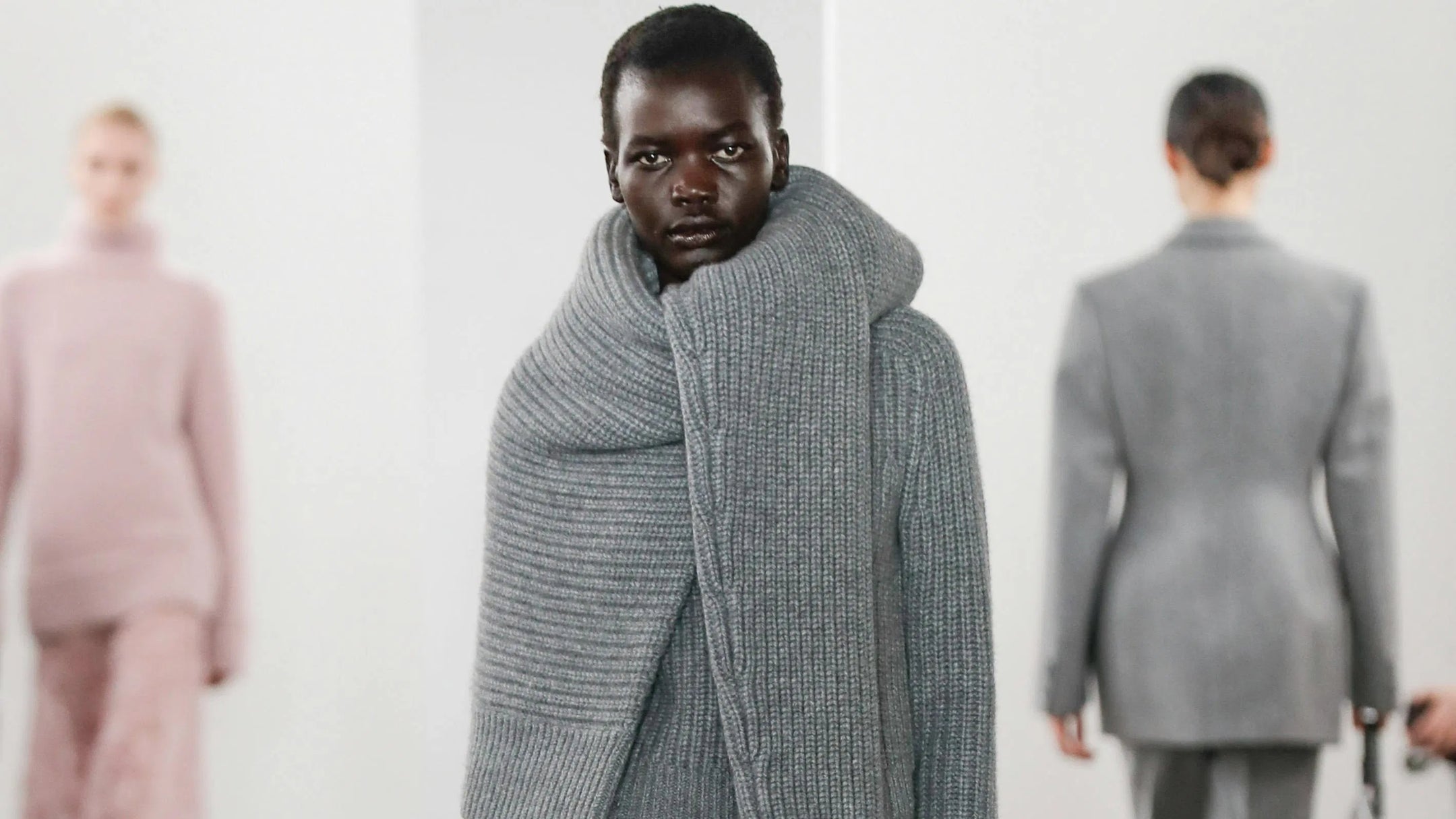Fashion is a multibillion dollar industry that has a significant impact on the environment, social and economic aspects of our lives. However, as awareness of the environmental and ethical consequences of fashion grows, there has been a shift towards sustainable fashion. This article will explore the concept of sustainability in fashion and how designer brands are addressing it.
Introduction to Sustainability in Fashion
Sustainability in fashion refers to the production and consumption of fashion in a way that minimizes harm to the environment and society. Sustainable fashion aims to reduce the negative impacts of the fashion industry by creating clothing that is made from environmentally friendly materials, using eco-friendly production processes, and ensuring fair labor practices throughout the supply chain.
Environmental Impact of Fashion
The fashion industry is one of the most polluting industries globally, with a significant contribution to greenhouse gas emissions, water pollution, and waste. Fast fashion, in particular, has a detrimental impact on the environment due to its unsustainable production and consumption practices.
Ethical Impact of Fashion
The fashion industry has been criticized for its unethical labor practices, including forced labor, child labor, and poor working conditions in factories. Sustainable fashion seeks to address these issues by promoting fair labor practices and workers' rights.
How Designer Brands are Addressing Sustainability in Fashion
Designer brands play a crucial role in shaping the fashion industry, and many have recognized the importance of sustainability in fashion. Here are some ways in which designer brands are addressing sustainability in fashion:
Sustainable Materials
Designer brands are increasingly using sustainable materials in their clothing, such as organic cotton, bamboo, and recycled polyester. These materials are eco-friendly and help to reduce the impact of fashion on the environment.
Eco-Friendly Production Processes
Designer brands are also using eco-friendly production processes, such as waterless dyeing and closed-loop production, to minimize waste and reduce pollution.
Circular Fashion
Circular fashion is a concept that aims to keep clothing in use for as long as possible by recycling and upcycling clothes. Many designer brands are embracing circular fashion by creating clothing that is designed to be recycled or repurposed.
Ethical Labor Practices
Designer brands are also addressing the ethical impact of fashion by promoting fair labor practices and workers' rights. Many brands are partnering with organizations to improve working conditions in factories and provide better wages and benefits to workers.
Conclusion
Sustainability in fashion is an essential concept that is gaining traction in the fashion industry. Designer brands are playing a crucial role in promoting sustainability in fashion by using sustainable materials, eco-friendly production processes, and promoting ethical labor practices. By embracing sustainable fashion, we can reduce the negative impact of fashion on the environment and society.
Facts and Figures
It is estimated that the global fashion industry produces 92 million tons of waste each year. (source: Ellen MacArthur Foundation. A New Textiles Economy: Redesigning Fashion's Future)
In the United States, only 15% of clothing and textiles are recycled, with the rest ending up in landfills. (source: Environmental Protection Agency. Textiles: Material-Specific Data)
By 2050, the fashion industry could account for 25% of the world's carbon budget if current consumption and production patterns continue. (source: Ellen MacArthur Foundation. A New Textiles Economy: Redesigning Fashion's Future)

FAQs
1. What is sustainable fashion?
Sustainable fashion refers to the production and consumption of fashion in a way that minimizes harm to the environment and society. It aims to reduce the negative impacts of the fashion industry by creating clothing that is made from environmentally friendly materials, using eco-friendly production processes, and ensuring fair labor practices throughout the supply chain.
2. Why is sustainable fashion important?
Sustainable fashion is important because the fashion industry is one of the most polluting industries globally, with a significant contribution to greenhouse gas emissions, water pollution, and waste. It also has an impact on workers' rights and can contribute to exploitation and poor working conditions.
3. How are designer brands addressing sustainability in fashion?
Designer brands are addressing sustainability in fashion by using sustainable materials, eco-friendly production processes, promoting circular fashion, and promoting fair labor practices and workers' rights.
4. What can consumers do to support sustainable fashion?
Consumers can support sustainable fashion by making more conscious purchasing decisions, such as buying clothes made from sustainable materials, supporting brands with ethical labor practices, and opting for clothes that can be recycled or repurposed. They can also reduce their fashion footprint by buying second-hand clothes, repairing clothes instead of throwing them away, and donating unwanted clothes to charity.
5. How can sustainable fashion benefit the environment?
Sustainable fashion can benefit the environment by reducing the negative impacts of the fashion industry, such as greenhouse gas emissions, water pollution, and waste. By using sustainable materials and eco-friendly production processes, the fashion industry can help to mitigate climate change and protect natural resources.
6. How can sustainable fashion benefit workers?
Sustainable fashion can benefit workers by promoting fair labor practices and workers' rights. By partnering with organizations to improve working conditions and provide better wages and benefits, the fashion industry can help to reduce exploitation and promote better livelihoods for workers.
7. What are some examples of sustainable designer brands?
Some examples of sustainable designer brands include Stella McCartney, Eileen Fisher, Patagonia, and Reformation. These brands are committed to sustainability and use sustainable materials, eco-friendly production processes, and promote ethical labor practices throughout their supply chains.
8. How can sustainable fashion be more accessible to consumers?
Sustainable fashion can be made more accessible to consumers by making it more affordable, promoting transparency in the supply chain, and educating consumers about the benefits of sustainable fashion. By creating more sustainable options and promoting their accessibility, sustainable fashion can become more mainstream and widely adopted.
9. What is the future of sustainable fashion?
The future of sustainable fashion looks promising, with more designer brands and consumers recognizing the importance of sustainability in fashion. With continued efforts towards using sustainable materials, eco-friendly production processes, and promoting fair labor practices, sustainable fashion can become the norm rather than the exception in the fashion industry.










